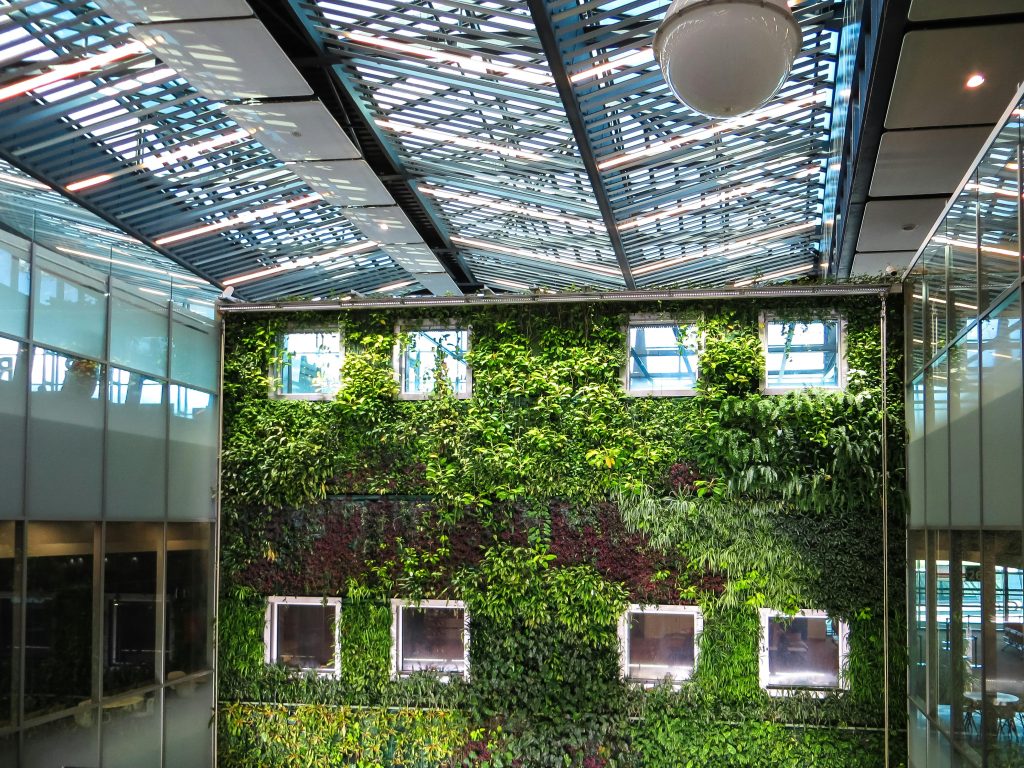- Nanotechnology in construction promises advancements in materials with enhanced strength, durability, and energy efficiency, offering revolutionary self-cleaning and energy-saving features.
- Biomimicry inspires sustainable design by adopting nature’s strategies and creating eco-friendly and efficient materials for future construction practices.
- Smart materials combined with sensors represent a shift towards dynamic buildings capable of reacting to environmental changes and optimizing energy use in real time.
- The construction industry’s future hinges on interdisciplinary collaboration and life-cycle assessments to ensure material choices support long-term environmental sustainability.
The construction industry is at a turning point. Environmental concerns and the depletion of natural resources are pushing for innovations beyond traditional building materials like wood and concrete. Today’s advancements are not just about building stronger and taller; they’re about creating a sustainable future. This post explores the cutting-edge materials shaping the future of construction and how these innovations make the industry more sustainable and efficient.
Shifting Landscape of Construction
Environmental concerns are driving innovation in the construction industry. With the growing awareness of climate change, sustainability is becoming a top priority for many construction companies.
Traditional building materials like wood, concrete, and steel have been the go-to options for construction projects. However, new materials are being introduced with the rising demand for more sustainable and environmentally friendly options.
The depletion of natural resources traditionally used in construction, such as wood and concrete, has led to a significant shift towards sustainable and eco-friendly alternatives. These new materials not only reduce our impact on the environment but also offer improved performance and functionality.
Steel in Construction: A Reliable Workhorse

Steel remains a fundamental material in construction, known for its strength, durability, and versatility. Having a person from a reputable steel supplier is crucial for ensuring quality and exploring sustainable steel options. Its applications in construction are vast, from framing and roofing to reinforcement, showcasing steel’s enduring relevance in the industry.
Advantages of Steel:
- Durability – Steel has a high strength-to-weight ratio, making it resistant to damage and able to withstand extreme weather conditions.
- Sustainability – Steel is one of the most recycled materials in the world, with over 90% being reused or repurposed. This reduces waste and conserves natural resources.
- Versatility – Steel can be fabricated into various shapes and sizes to meet specific construction needs, making it versatile.
- Cost-effective—While steel’s initial cost may be higher than other materials, its durability and low maintenance requirements make it a cost-effective choice in the long run.
Applications of Steel in Construction:
- Framing: Steel frames provide a sturdy support system for buildings that withstand high wind and seismic activity.
- Reinforcement: Steel reinforcement bars are commonly used in concrete structures to add tensile strength and prevent cracking.
- Roofing: Steel roofing is durable, lightweight, and fire-resistant, making it a popular choice for commercial and residential buildings.
Exploring Cutting-Edge Materials
Discover the innovative materials revolutionizing the future of construction:
Bioplastics
Bioplastics are emerging as a promising alternative to traditional plastics used in construction. Derived from renewable resources, bioplastics offer significant environmental benefits, including reduced carbon footprint and decreased reliance on fossil fuels. Their properties and applications in construction are expanding, from insulation materials to interior design elements.
Self-Healing Concrete
Concrete is a staple in construction, but its tendency to crack over time can lead to costly maintenance. Self-healing concrete is an innovative material designed to extend the lifespan of concrete structures. Infused with bacteria that produce limestone, self-healing concrete can automatically repair cracks, reducing maintenance needs and enhancing durability.
Engineered Wood
Engineered wood products are transforming the construction industry with strength, lightweight nature, and fire-resistant properties. These materials are more sustainable than traditional wood and offer superior performance and versatility in construction applications, from residential buildings to large-scale commercial projects.
The Future of Building Materials

Nanotechnology
With advancements in nanotechnology, the future of building materials is bright. By manipulating matter at the nanoscale level, scientists can create materials with enhanced strength, durability, and other properties. Nanotechnology has the potential to revolutionize the construction industry, from self-cleaning surfaces to energy-efficient building materials.
Biomimicry
Biomimicry, inspired by nature’s ingenuity, is paving the path for sustainable design. Scientists create more efficient, eco-friendly, and durable materials by mimicking natural processes and structures. The use of biomimicry in construction is expected to increase, leading to innovative building solutions that can reduce the negative impact on the environment.
Smart Materials and Sensors
The integration of smart materials with sensors is set to revolutionize the industry. These materials can sense environmental changes and respond accordingly, providing real-time data for monitoring structural health and optimizing energy efficiency.
These innovations promise to enhance the efficiency and sustainability of construction projects and introduce new possibilities in design and functionality.
The construction industry stands at the forefront of innovation, clearly focusing on building a sustainable future. Collaboration between architects, engineers, and material scientists is essential for driving progress and making informed choices about sustainable materials. The importance of life-cycle assessment cannot be overstated, ensuring that materials chosen today will contribute to a more responsible and environmentally conscious construction industry tomorrow.




